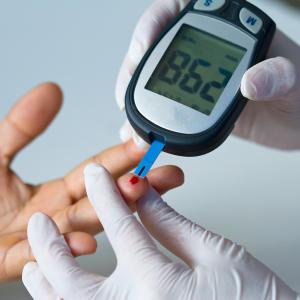In individuals with obesity, fasting hyperglycaemia indicates an interruption of the “precisely regulated integration” of glucose production as well as clearance rates, reveals a study.
In this study, the authors assessed the relative importance of the basal rate of glucose appearance in the circulation and the basal rate of plasma glucose clearance in determining fasting plasma glucose concentration in people with obesity and different fasting glycaemic statuses.
They assessed the basal glucose kinetics in 33 lean people with normal fasting glucose (<100 mg/dL; Lean <100 group) and 206 individuals with obesity and normal fasting glucose (Ob <100 group; n=118), impaired fasting glucose (100‒125 mg/dL; Ob 100‒125 group; n=66), or fasting glucose diagnostic of diabetes (≥126 mg/dL; Ob ≥126 group; n=22).
Within each group, a large range (up to threefold) in glucose appearance was noted, but these ranges in glucose concentration in the Lean <100, Ob <100, and Ob 100–125 groups were small due to a close association between glucose appearance and clearance rate.
On the other hand, participants with hyperglycaemia had lower glucose clearance rate at any glucose appearance value than those with normoglycaemia. In the Ob ≥126 group, glucose appearance was the main driver of plasma glucose concentration “because glucose clearance was markedly attenuated,” according to the authors.
“Fasting hyperglycaemia in people with obesity represents a disruption of the precisely regulated integration of glucose production and clearance rates,” the authors said.

